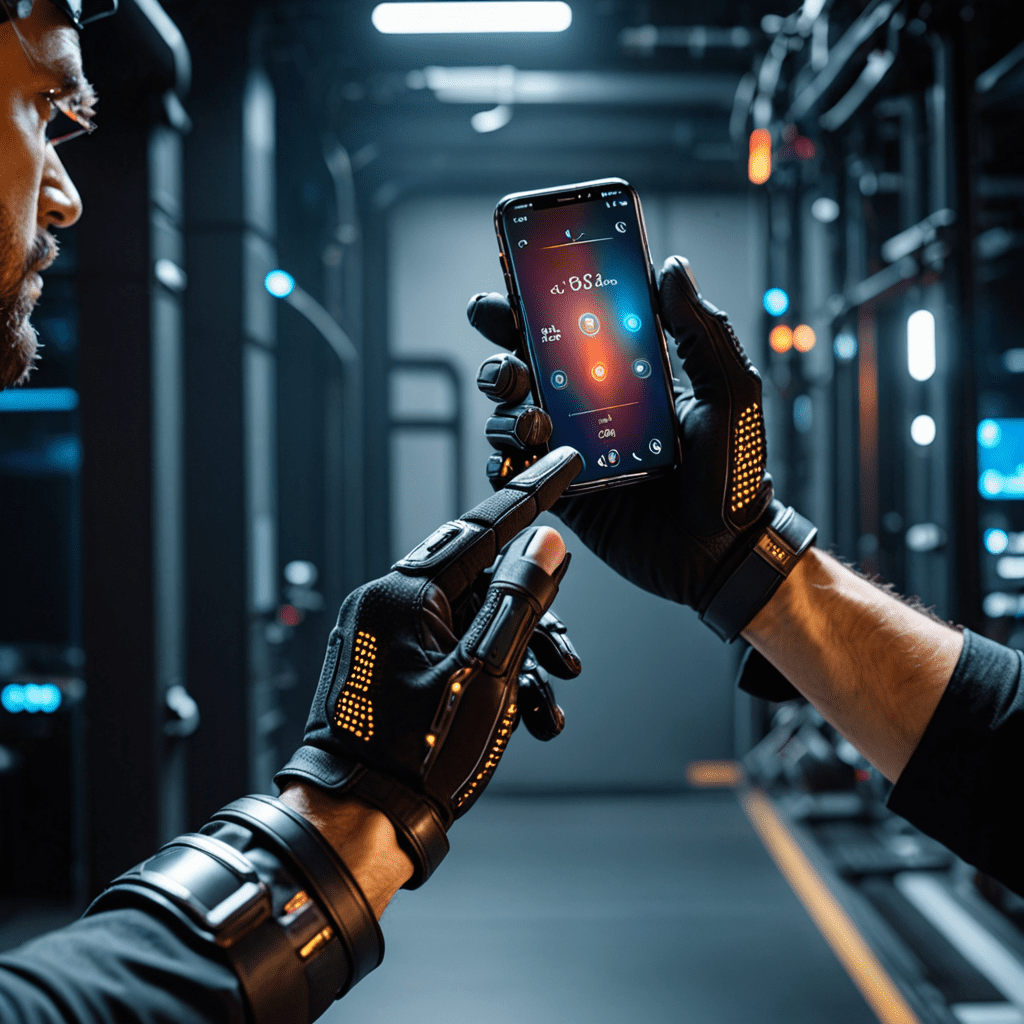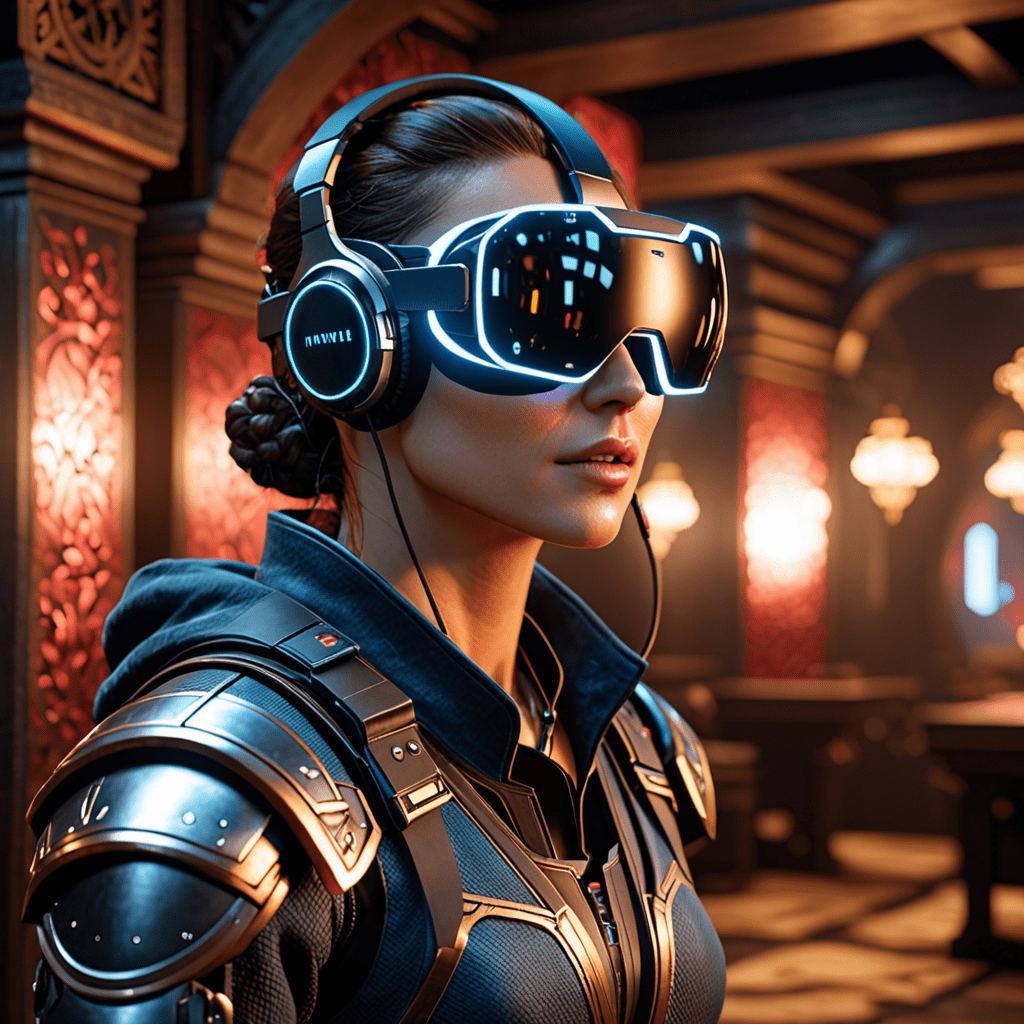
Wearable Tech and Smart Gloves: Revolutionizing Interaction
Wearable technology has transformed how we interact with devices, and smart gloves are at the forefront of this revolution. These gloves are equipped with sensors and advanced technology that enable gesture control and haptic feedback.
Understanding Gesture Control
Gesture control allows users to interact with devices using hand movements and gestures. Smart gloves use sensors to detect these gestures, translating them into commands for devices. This technology offers a more intuitive and hands-free way of controlling various applications, from gaming to virtual reality experiences.
The Power of Haptic Feedback
Haptic feedback enhances the user experience by simulating the sense of touch through vibrations or motions. Smart gloves incorporate haptic feedback technology, providing users with tactile sensations that correspond to their interactions. This feature adds a new dimension to virtual experiences, making them more immersive and engaging.
Applications in Virtual Reality
Smart gloves are particularly popular in the realm of virtual reality (VR) technology. By using gesture control and haptic feedback, users can interact with virtual environments in a more natural and realistic way. From feeling the texture of virtual objects to manipulating interfaces with hand gestures, smart gloves enhance the immersion of VR experiences.
Benefits in Gaming
Gaming enthusiasts are also embracing smart gloves for a more interactive gaming experience. Gesture control enables players to control in-game actions with simple hand movements, while haptic feedback adds another layer of realism by providing sensory cues during gameplay. This technology offers a more engaging and immersive gaming experience.
Industrial and Medical Applications
Beyond entertainment, smart gloves have practical applications in industries such as healthcare and manufacturing. Surgeons can use gesture-controlled gloves for touchless interaction with medical equipment, while workers in manufacturing plants can benefit from hands-free control of machinery. These applications highlight the versatility and potential impact of smart glove technology.
The Future of Wearable Tech
As technology continues to advance, we can expect further innovations in wearable tech and smart gloves. The integration of artificial intelligence, improved sensors, and enhanced haptic feedback promises even more intuitive and immersive experiences. Whether in entertainment, healthcare, or industrial settings, smart gloves are paving the way for a new era of interactive technology.
FAQs about Wearable Tech and Smart Gloves
What are Wearable Tech and Smart Gloves?
Wearable tech refers to electronic devices worn as accessories or implants. Smart gloves integrate technology to provide various functionalities, including gesture control and haptic feedback.
How do Smart Gloves offer Gesture Control?
Smart gloves use sensors to detect hand movements, allowing users to interact with devices through gestures like swiping, tapping, or pointing without physical contact.
What is Haptic Feedback in Smart Gloves?
Haptic feedback in smart gloves simulates the sense of touch by vibrating or providing pressure to the user’s fingers. This enhances the user experience by adding tactile sensations to interactions with virtual elements.
Are Smart Gloves used only for Entertainment?
While smart gloves are popular in gaming and virtual reality applications for immersive experiences, they also have practical uses in fields like medical training, rehabilitation, and industrial operations.
How do Wearable Tech and Smart Gloves benefit Users?
Wearable tech and smart gloves offer hands-free interaction, enhanced control over digital devices, and improved sensory experiences, making them valuable tools for various activities and industries.


